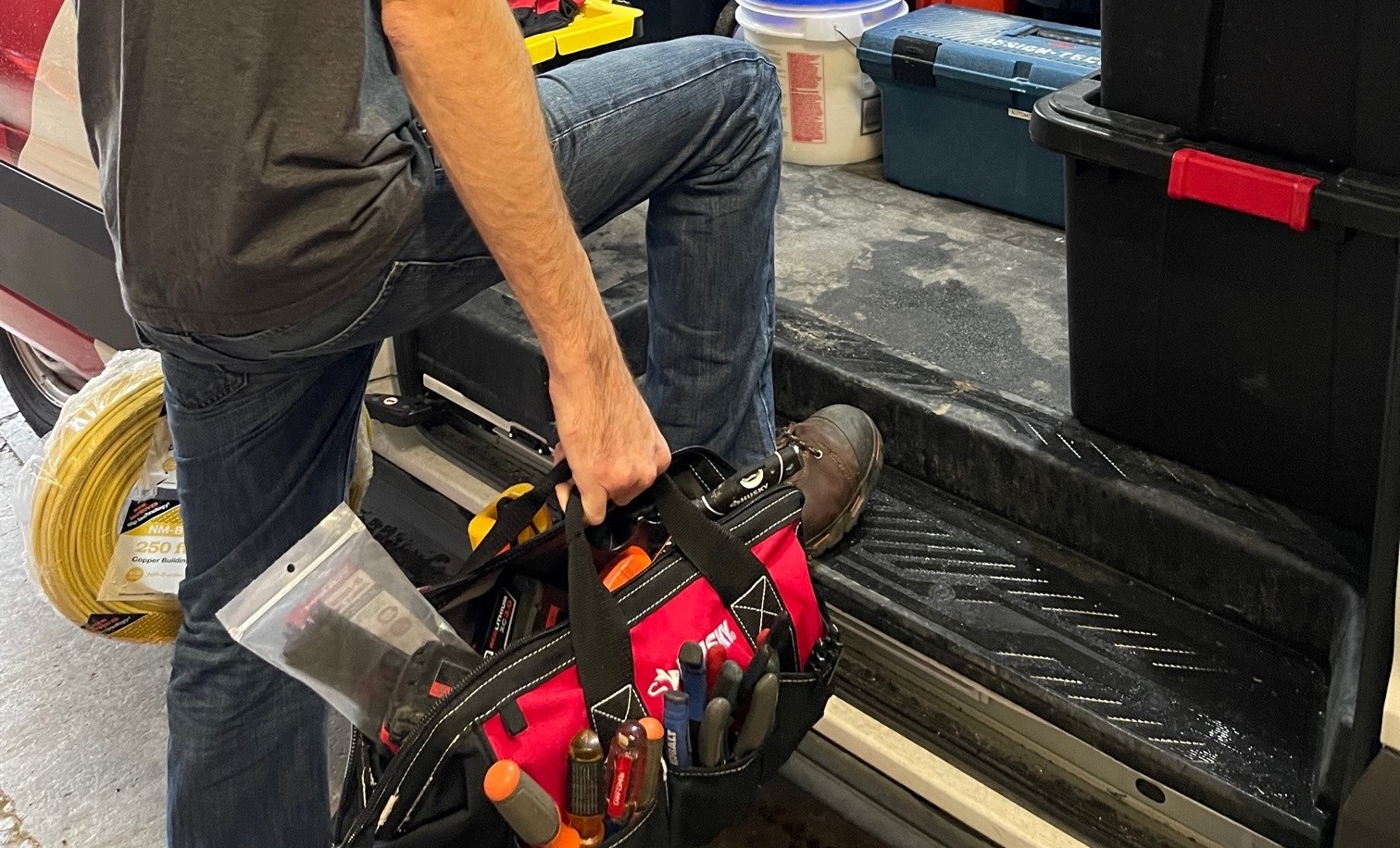Tips for Success with Property Preservation Work Orders

When you work in property preservation, work orders are the lifeblood of your business—as important as the actual property preservation services you’ll be providing. To help set yourself up for success, it’s important to understand work orders, including what to look for, the common work order types, how to avoid some common mistakes and how to ensure your success in fulfilling work orders.
Common types of work orders
The most common property preservation services you’re likely to find in a work order include:
- Changing locks on a property
- Debris removal
- Lawn maintenance
- Snow removal
- Winterization
- Bid request orders
Property preservation/REO companies may also request other services via work order, such as:
- Insurance claim repairs
- Pool securing and maintenance
- Discoloration remediation
- Roof repair
- Eviction services
- In Conveyance Condition (ICC)/reconveyance repairs
What to look for on work orders
As a property preservation professional, you’re likely to receive multiple work orders simultaneously, most often from a national or regional company who works directly with mortgage servicers, and it’s critical for your success to be able to understand the request and keep the details straight. Here are a few things to look for when reviewing a work order:
- Ability to Complete the Request. One of the first things you’ll want to do is verify with the property preservation company that the work order is actually a fit for your company and that you have the skills and resources to complete the request. Once you’ve confirmed this, determine who your contact for the work order will be and then focus on building a strong relationship with them as you work through the details of the work order.
- The details. A thorough review of the work order is essential—but it’s not enough. Once you’ve given it a first pass, re-read it as needed to make sure you understand all of the requirements. You’ll also want to highlight key information to help you build a list of the resources you’ll need to complete the job.
- The allowable. The allowable is the maximum amount a mortgage company’s pricing guidelines allow them to reimburse for property preservation work. Since a maximum allowable rate is set per task, to receive full payment, it’s critical that only the agreed upon services (at the allowed price) be completed. Please note, an allowable price may or may not be reflected on the work order. You may need to verify the allowable pricing using MCS’s tools or other online resources.
Frequent Prop Pres Bid Mistakes and How to Avoid Them
Because property preservation work must adhere to guidelines and regulations set by the U.S. Department of Housing and Urban Development (HUD) and other entities, you’ll need to follow work-order instructions to the letter. This ensures you’re compensated for the work you complete and helps protect your business from possible future liability. Here are a few tips to help you avoid potentially costly mistakes when completing work orders.
- Ask questions. The language used in work orders can be very specific to the industry, and if you’re new to property preservation there may be terms you aren’t familiar with yet. To avoid misunderstandings (and potential mistakes) ask your work order contact to clarify any information in the work order that you’re not sure about.
- Bid as accurately as possible. Understanding current rates for the specific type(s) of property preservation work you’ll be completing is key, as are factors like the scale, scope and complexity of the project, as well as pricing for the area it’s located in and how many competitors you’ll likely be up against for the job. Keep in mind that prop preservation work is focused on preventing deterioration and keeping the property safe and secure. Bids that include cosmetic or using higher grade materials aren’t pertinent.
- Put your bid in writing. When submitting a bid based on the details in the work order and pricing via industry standard cost-estimating tools, always put your bid in writing, and expect a response in writing as well, not a verbal contract.
- Adhere to the timeline. In property preservation, timelines are as important as the work itself. If a conveyance deadline is missed, expenses for preservation services can’t be claimed, so a delay in completing a work order in a timely manner could result in a financial loss. There’s no room for error, so you’ll want to map out a project completion strategy that gives you plenty of time to complete your work order.
- Properly document your work. Capturing the details of each project in pictures—before, during and after the job—is essential. You’re telling a story to people who may not even be located near the property, so the images submitted with your work order must be of high quality, include descriptive captions and be ordered chronologically.
For more details on which photos may be needed based on the type of job you’re working on, Property-Preservation.us has a property photos checklist for reference to help make sure you’ve got everything covered. The company you are performing work for may also have specific requirements. - Local knowledge. Being familiar with local ordinances and jurisdictional requirements for the services you perform is integral. The company you are completing the work for relies on you to understand if permits are required, specific disposal requirements and snow removal and/or grass cut requirements. Because ordinances vary by city, state, county and even neighborhood, property preservation companies rely on their local service partners to ensure all work completed is in compliance.
How to be successful in fulfilling work orders
Being at the top of your trade for repairs and maintenance is only part of the equation for property preservation professionals. There are other types of work you should be proficient at, as well as tech tools to familiarize yourself with. To help you successfully fulfill your work orders, you should be sure you’re up to speed on:
- Other property preservation services like boarding (in adherence with HUD guidelines), winterization, debris removal, landscaping, snow removal, and securing practices for homes, pools, garages and more.
- Effective tech tools to help streamline your work like route-planning tools and bidding and estimating tools (RepairBASE by Bluebook and Xactware can serve as a good starting point).
Join MCS’s network of property preservation partners
Setting your property preservation business up to succeed will take work, but it’s much easier once you master the work order process. Looking to start or build your portfolio in property preservation? Consider working with the MCS team and enjoy the benefits of being a part of our property preservation network.
Grow Your Prop Pres Business
Mastering work orders is key to your success in property preservation. But there’s plenty more that can take you to the next level and MCS is always looking for qualified service partners to add to our network. If you are interested in working with MCS, get started by contacting us at 866.563.1100 or info@MCS360.com to learn more or begin the process by completing the online application.


